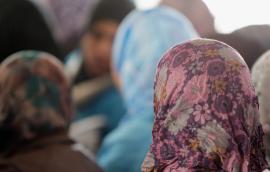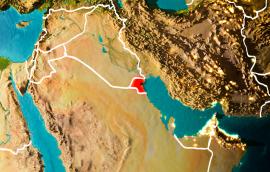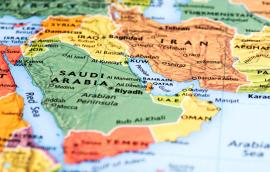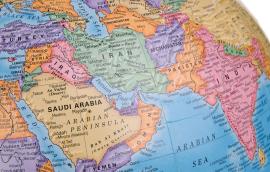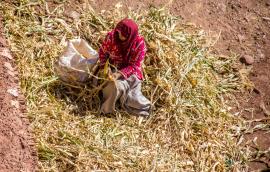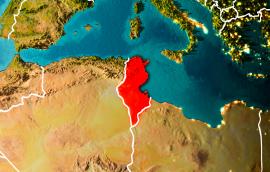Edward P. Djerejian Center for the Middle East | Women’s Rights, Human Rights, and Refugees | Issue Brief
Women in the Egyptian Parliament: A Different Agenda? Women in Egypt achieved a historic increase in their legislative representation in 2015, securing 14.9 percent of seats in parliament. In this brief, Cairo University professor Mazen Hassan analyzes transcripts of parliamentary sessions to determine whether this increase in female parliamentarians had a noticeable impact on Egypt’s legislative agenda.
Mazen Hassan September 2, 2018
